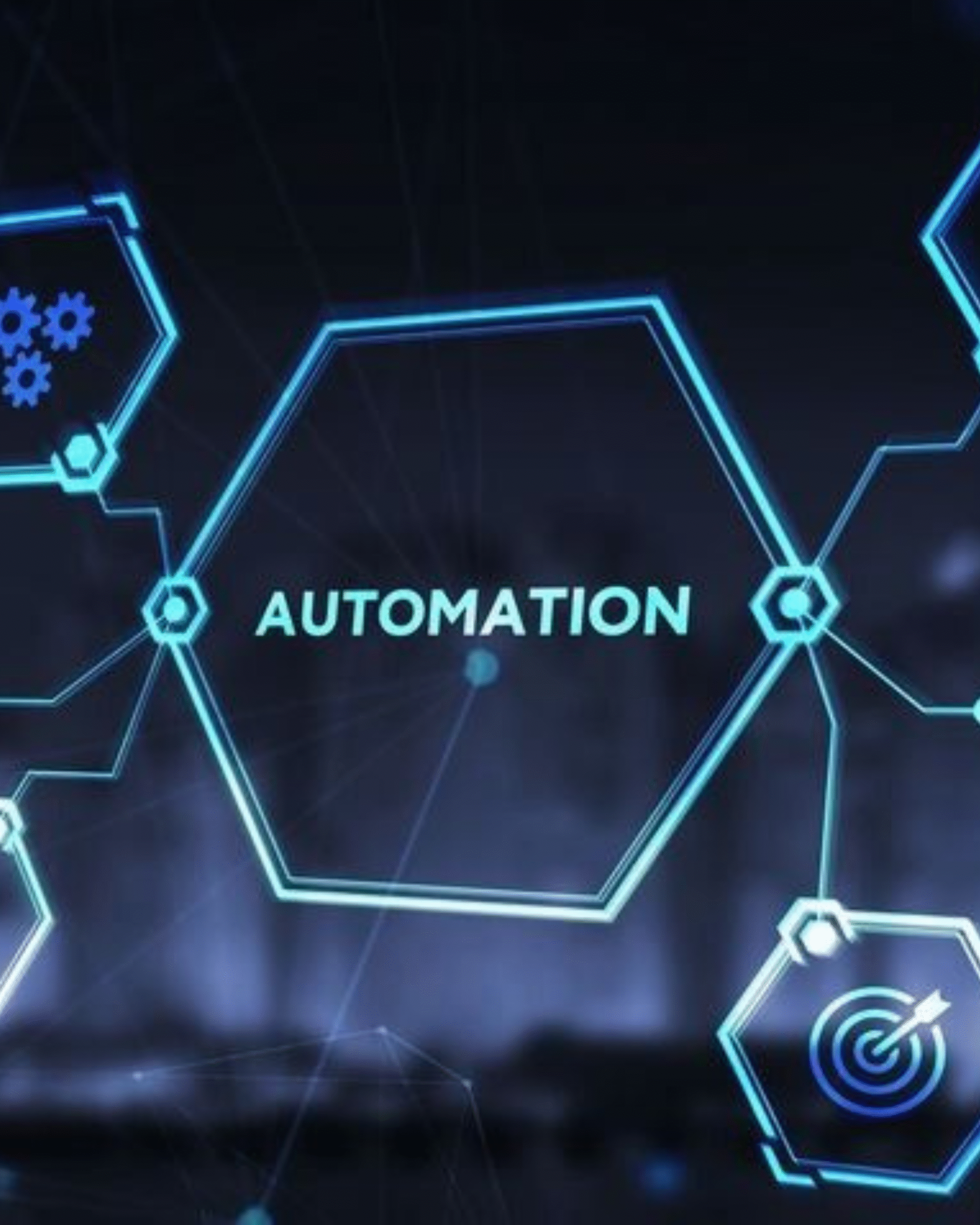Robotic Process Automation (RPA) is software that executes repeatable, rule-based work across apps and UIs—copying data, submitting forms, reconciling entries, triggering notifications—so people focus on exceptions and judgment. In 2025, the winning pattern is RPA + AI: use deterministic bots for structured steps (logins, clicks, API calls, file moves) and layer AI where rules break (document understanding/IDP, email intent detection, validation, summarization). A modern RPA stack includes triggers (schedule, webhook, event), attended bots (help an agent) and unattended bots (run headless), an orchestrator (queues, retries, concurrency, secrets), and observability (logs, screenshots on error, metrics, audit trails).
Start with one high-volume, high-clarity process (e.g., order intake → validation → ERP post), map the SOP, automate API steps first, add GUI automation only where necessary, then bake in governance: least-privilege bot accounts, vaulted secrets, PII redaction in logs, approval gates for risky actions, change control, and retention policies.
Decide build vs buy pragmatically—license a platform when you need enterprise-grade GUI automation and human-in-the-loop screens; build lightweight Python workers when flows are API-first and you want tight product integration; many teams do a hybrid. Measure success with cycle time, success/exception rate, hours saved, cost per run, and user satisfaction; watch out for brittle selectors, hidden manual steps, and “automating a broken process.” Done right, RPA becomes a governed, observable layer of automation that scales from finance and healthcare claims to logistics status checks—faster, cheaper, and safer when paired with small, task-specific AI models.

